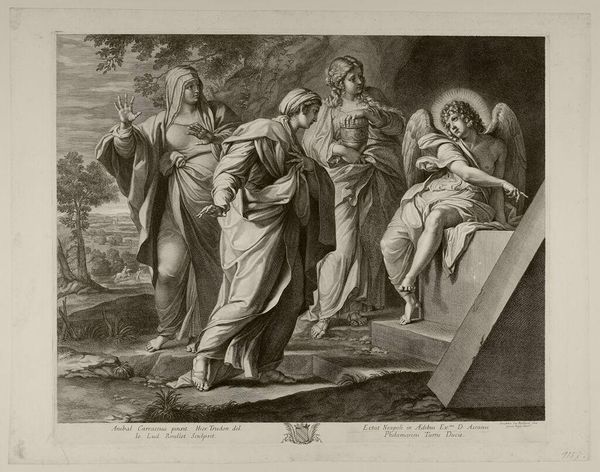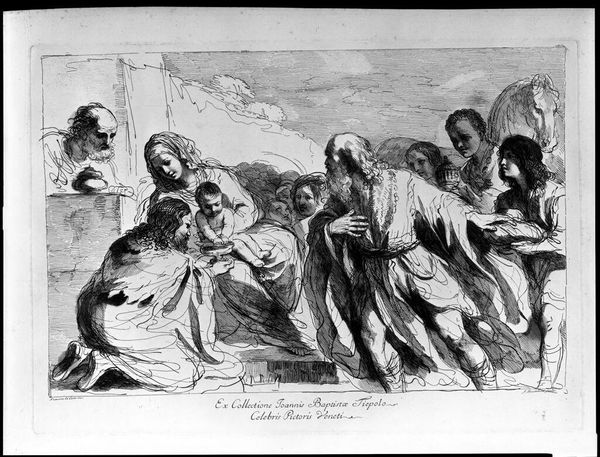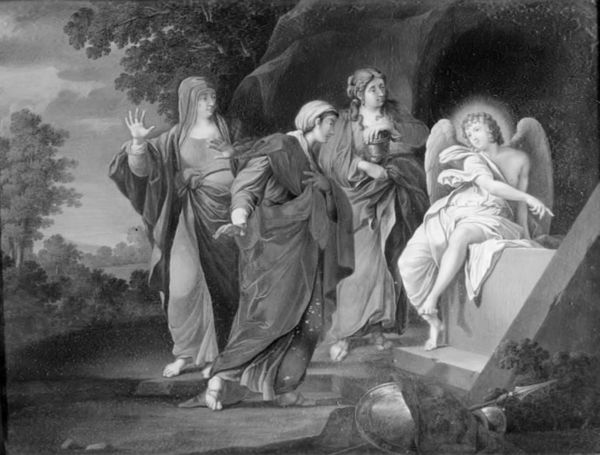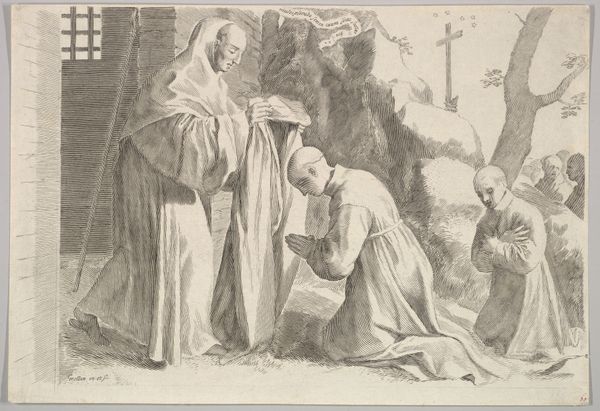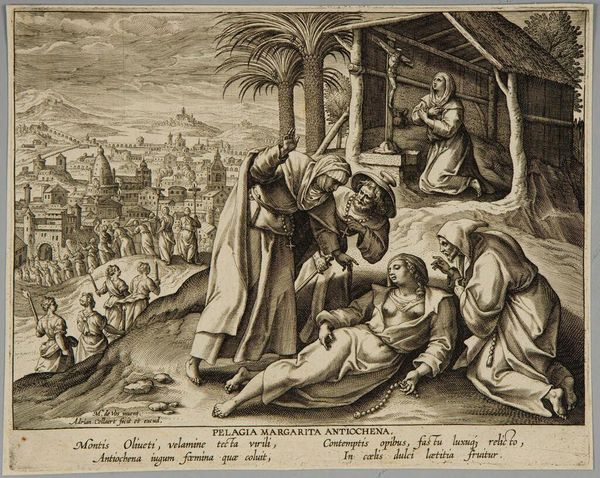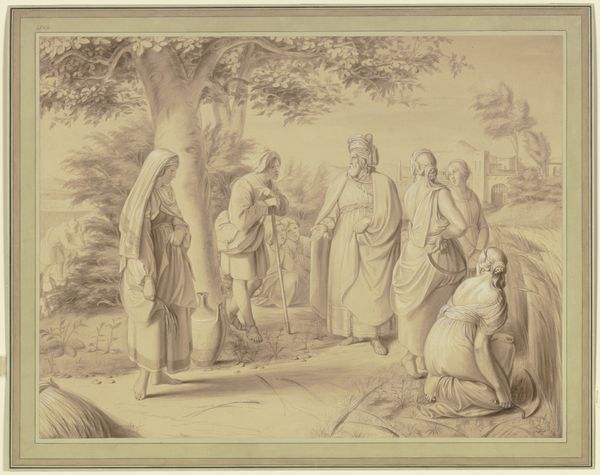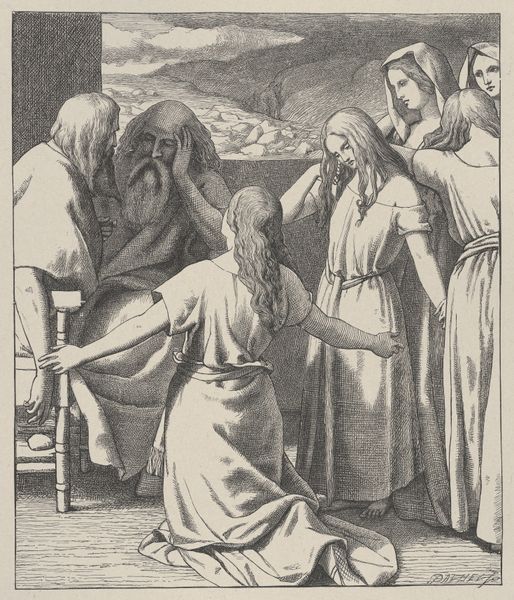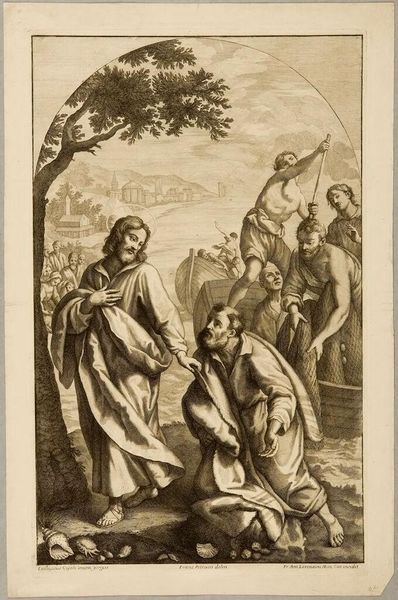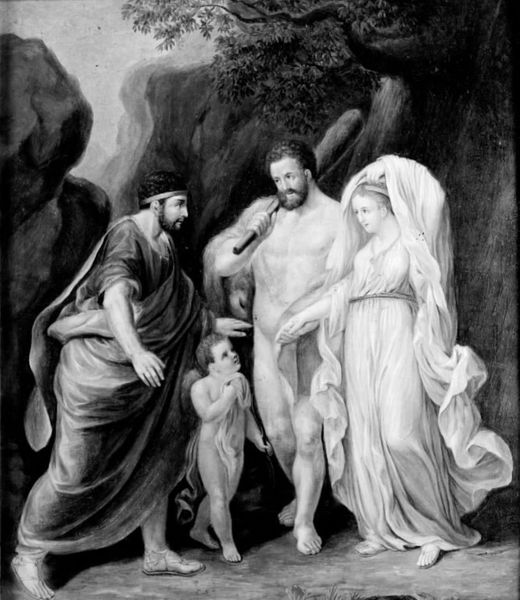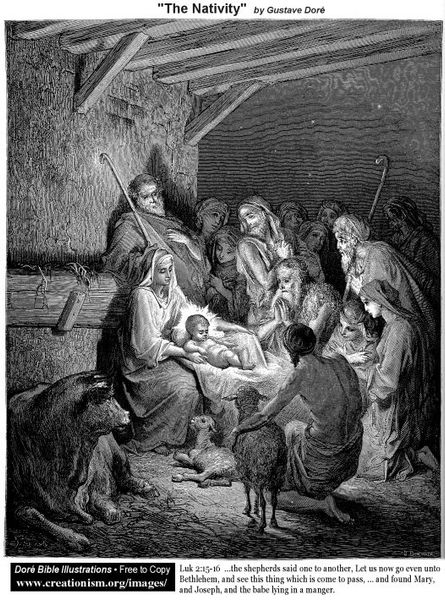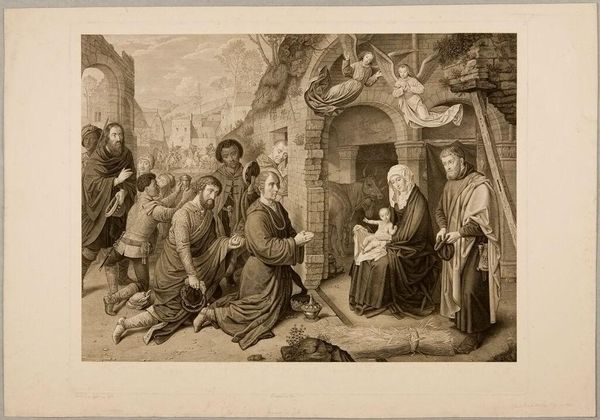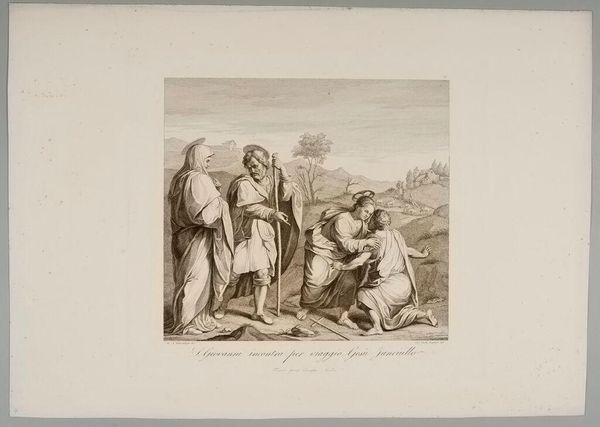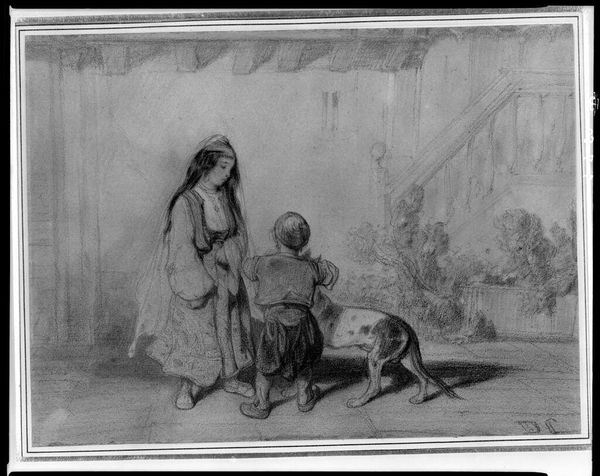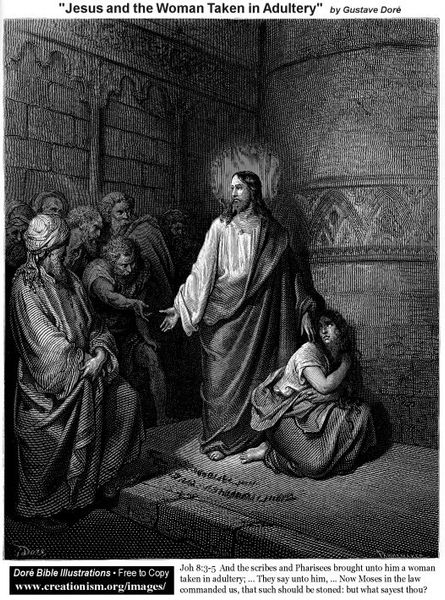
The Prophet Elisha; The Iron Hatchet Made to Swim (after Johann Friedrick Overbeck) c. 19th century
0:00
0:00
Dimensions: image: 25.5 x 30.2 cm (10 1/16 x 11 7/8 in.) sheet: 32.8 x 38.7 cm (12 15/16 x 15 1/4 in.)
Copyright: CC0 1.0
Editor: This drawing, "The Prophet Elisha; The Iron Hatchet Made to Swim (after Johann Friedrick Overbeck)" by Ferdinand Ruscheweyh, depicts a rather miraculous scene. What sociopolitical context might illuminate this work? Curator: Consider the era and its relationship to religious authority. Does the miracle performed by Elisha challenge or reinforce existing power structures within the community depicted? How does this narrative play into broader societal anxieties about control and divine intervention? Editor: So, it’s less about the miracle itself and more about what it represents socially? Curator: Precisely. The miracle becomes a tool, a symbol within a larger conversation about power, belief, and societal control. Consider, too, who benefits from the miracle and who witnesses it. Editor: That definitely shifts my perspective. I see how the visual narrative is intertwined with social commentary. Curator: Understanding art in its social context gives us a deeper understanding of its meaning.
Comments
No comments
Be the first to comment and join the conversation on the ultimate creative platform.
